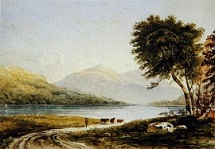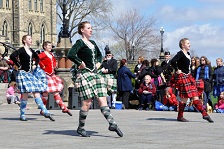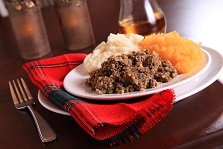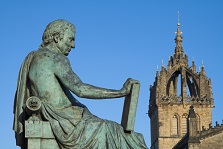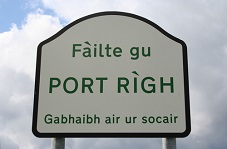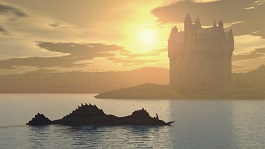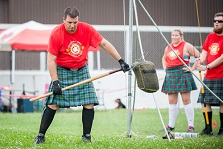Scottish Genealogy 101

Scottish Genealogy 101
Only around five million people live in Scotland. If you learn that around 4.8 Million Americans claim to have a Scottish ancestry, and that there are plenty of other countries who have people with a Scottish ancestry, then you might come to believe that there are more people with Scottish blood outside of Scotland than inside it! This also makes it quite easy to understand why so many people outside of Scotland have an interest in learning more about Scottish genealogy. Fortunately, Scotland is a country that has been keeping good records for a long time, and with the help of the internet, you can also access plenty of information about Scottish genealogy if you would like to trace your own Scottish ancestry. This article will have a look at clans, tartars, and heraldry.
Clans – Does your family name make it easy to find out where in Scotland your ancestors came from?
If you have seen the movie or TV series “Highlander”, then you will be familiar with the phrase: “I am Connor (or Duncan) McLeod from the clan McLeod”. It usually is spoken with pride and when the Highlander meets other Scotsmen, they can usually place his clan name and its importance. People often assume that their ancestors would be easy to trace if they have a Scottish surname like McLeod, McGregor, MacKenzie, Grand, Gordon, Sutherland, or MacDonald. On one hand, they are right, on the other hand, they are wrong.
Many people who were living in the area of a big, influential or powerful clan, often ended up taking the name of that clan. So someone who has the name of MacLeod might not really be a direct descendant of a clan chief with the name MacLeod. With the name MacLeod the added difficulty is that there was not just one clan with the name MacLeod. Of course, the name would also be taken by a woman once a woman married into the clan. So the clan name might not always give you the right ideas. It can, however, give an important clue about which geographical regions your ancestors came from.
What role do tartans play?
Tartans are connected to clans these days, i.e. the combinations of colors and patterns will make it possible to identify which clan someone belongs to (but of course tourists always just buy what they like best). However, it is not proven that tartans have been in use like this before the 18th century and whether the different tartans always had clan connections. In the past, it might also just have been a matter of choosing your favorite color as the color of your tartan, or even simpler: depending on which region you lived in, certain colors might simply not be available. So if you have a painting of picture of someone who may have been your ancestor, then the color and pattern of the tartan might not necessarily lead to the right conclusions.
What role did or does heraldry play?
Heraldry was a way of identifying clans and important people in a time during which many people could not yet read (especially the poorer classes). It was important to know when you were in the presence of a clan chief of some other person of importance. People used symbols and coats of arms to show who they were. Of course, not everybody could just make up a coat of arms or decorate himself or herself with a symbol – you had to earn the right.
The Court of the Lord Lyon
When it comes to heraldry, then the Court of the Lord Lyon is the authority to go to. The Court maintains the Scottish Public Registers of Arms and Genealogies, is responsible for state ceremonials, and concerns itself with everything that has to do with Scottish coats of arms and other types of heraldry used in Scotland. If you need to know anything about a coat of arms that has turned up in your research about your ancestors, then there is no better place to look for answers than the Court of the Lord Lyon.
Clan Crests
Clan Crests are another important piece of heraldry. Chiefs of clans, other chiefs (e.g. of branches of a large clan), armingers, clansmen and clanswomen can easily be kept apart by a look at the crest they are wearing.


_(2).jpg)
